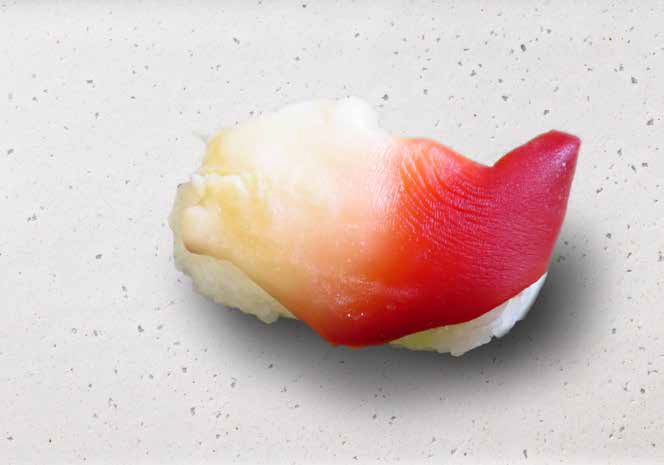
Hokkigai (Surf clam)

Akagai (Red clam)
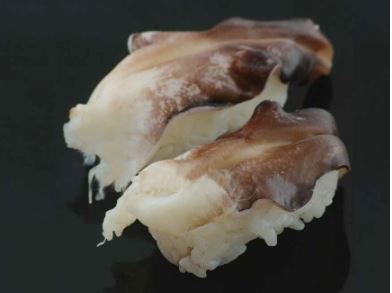
Torigai (Heart clam)
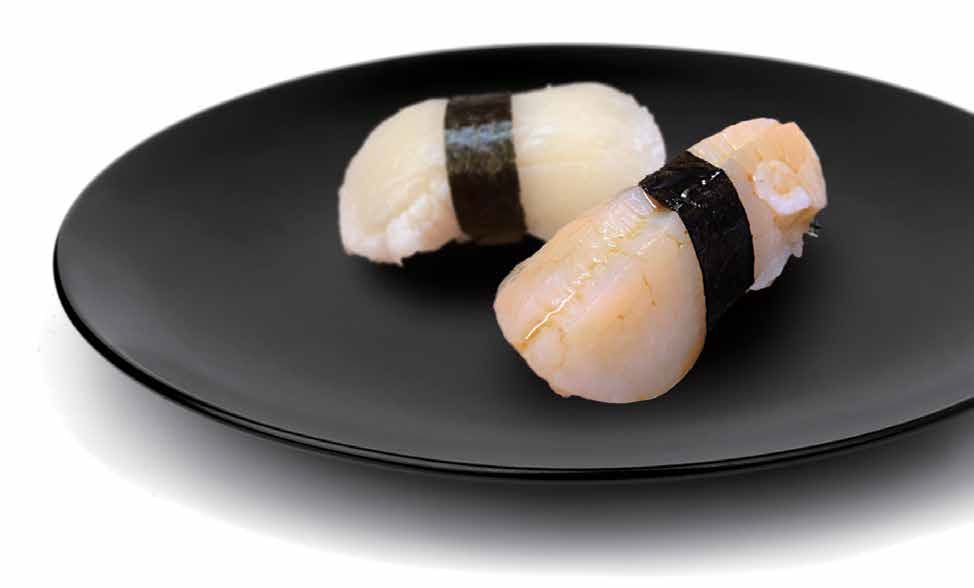
Tairagai (Razor Clam)
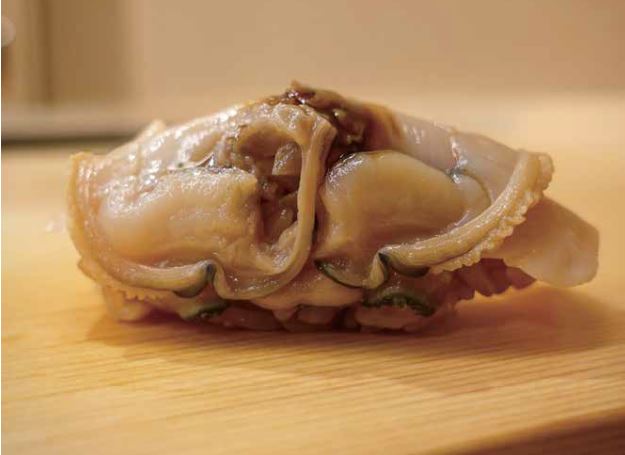
Hamaguri (Clam)
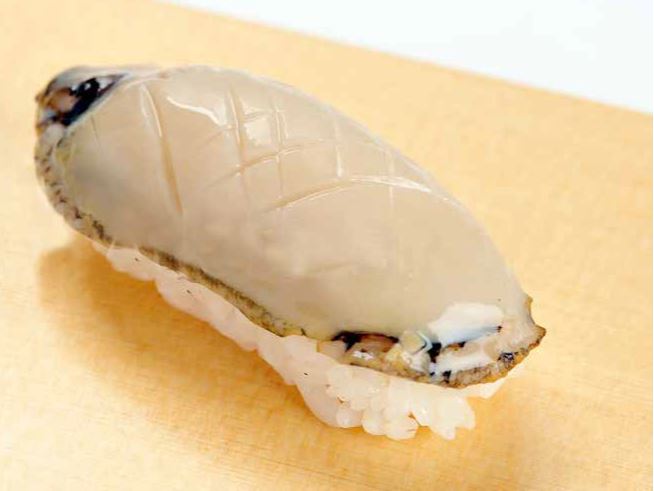
Awabi (Abalone)


Hokkigai (Surf clam)

Akagai (Red clam)

Torigai (Heart clam)

Tairagai (Razor Clam)

Hamaguri (Clam)

Awabi (Abalone)
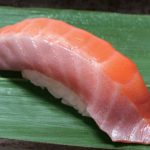 Mystery of Salmon
Mystery of Salmon Stand & Devour
Stand & Devour